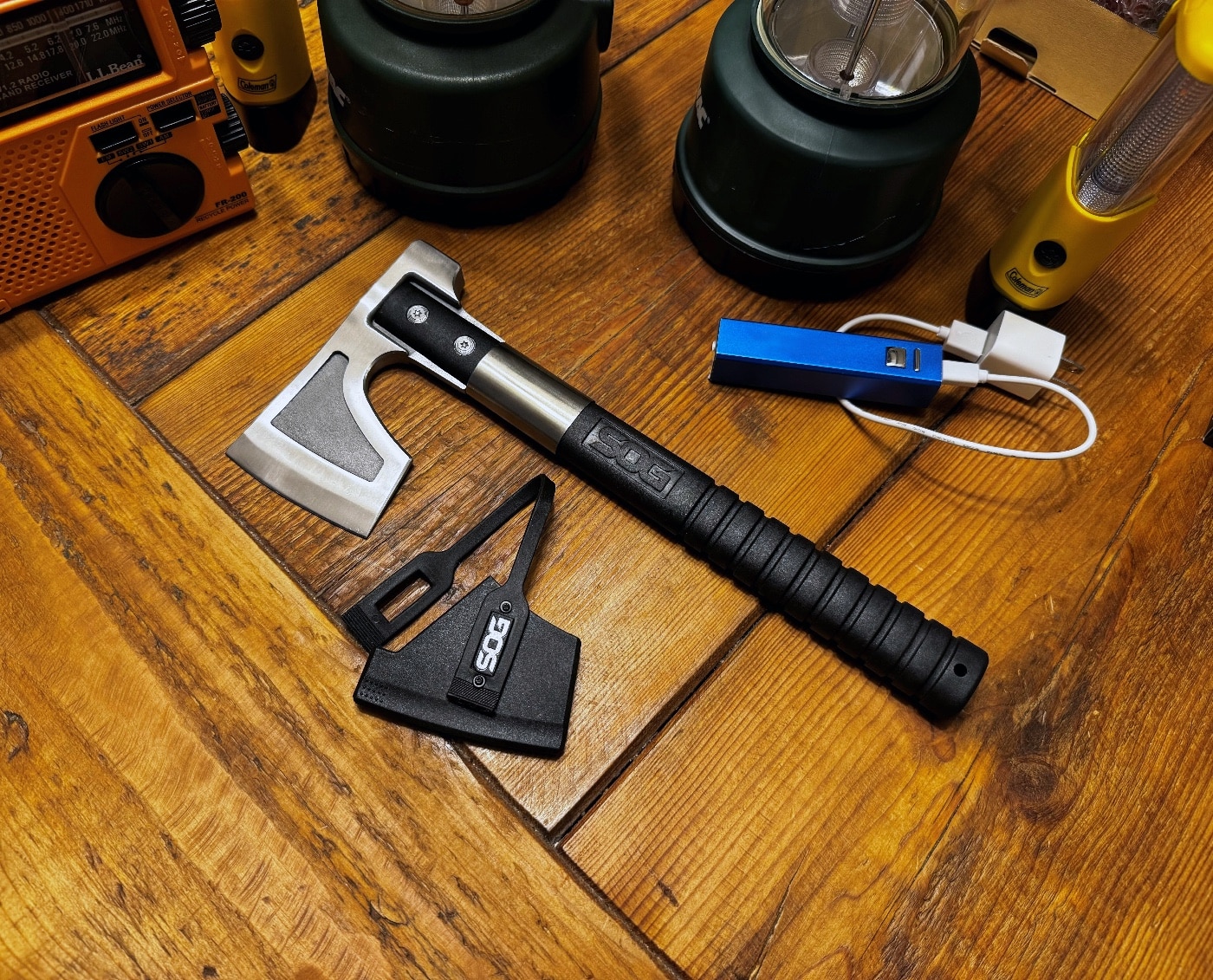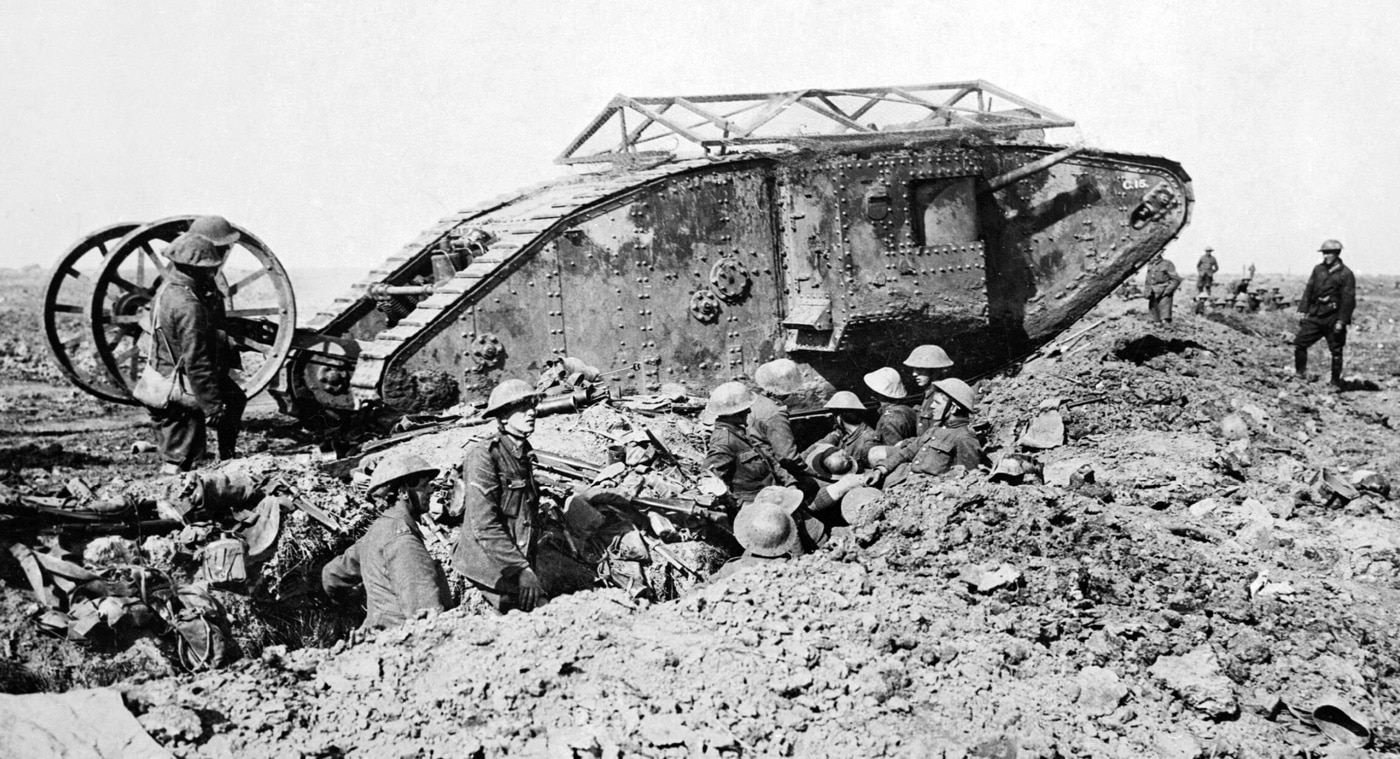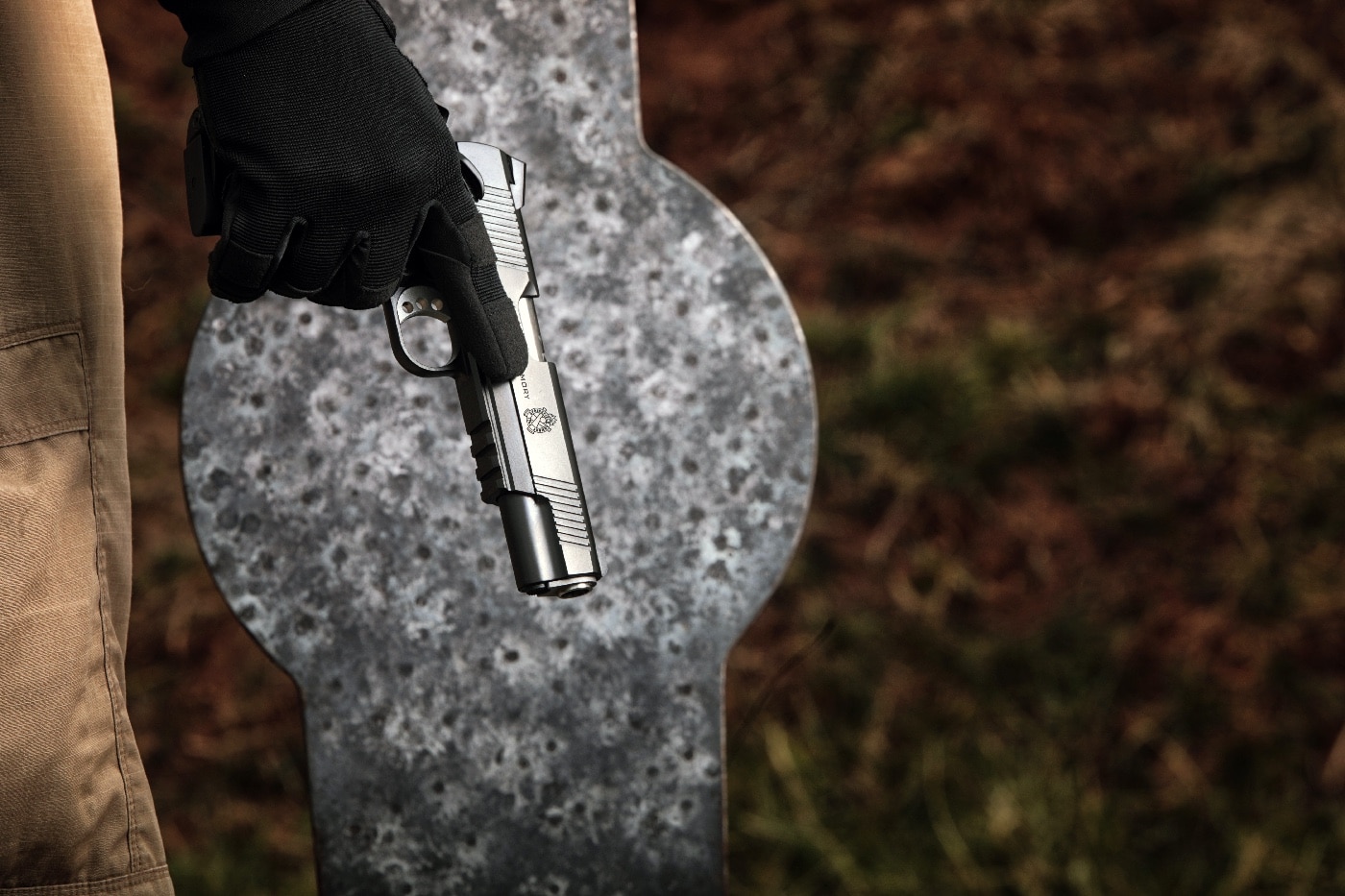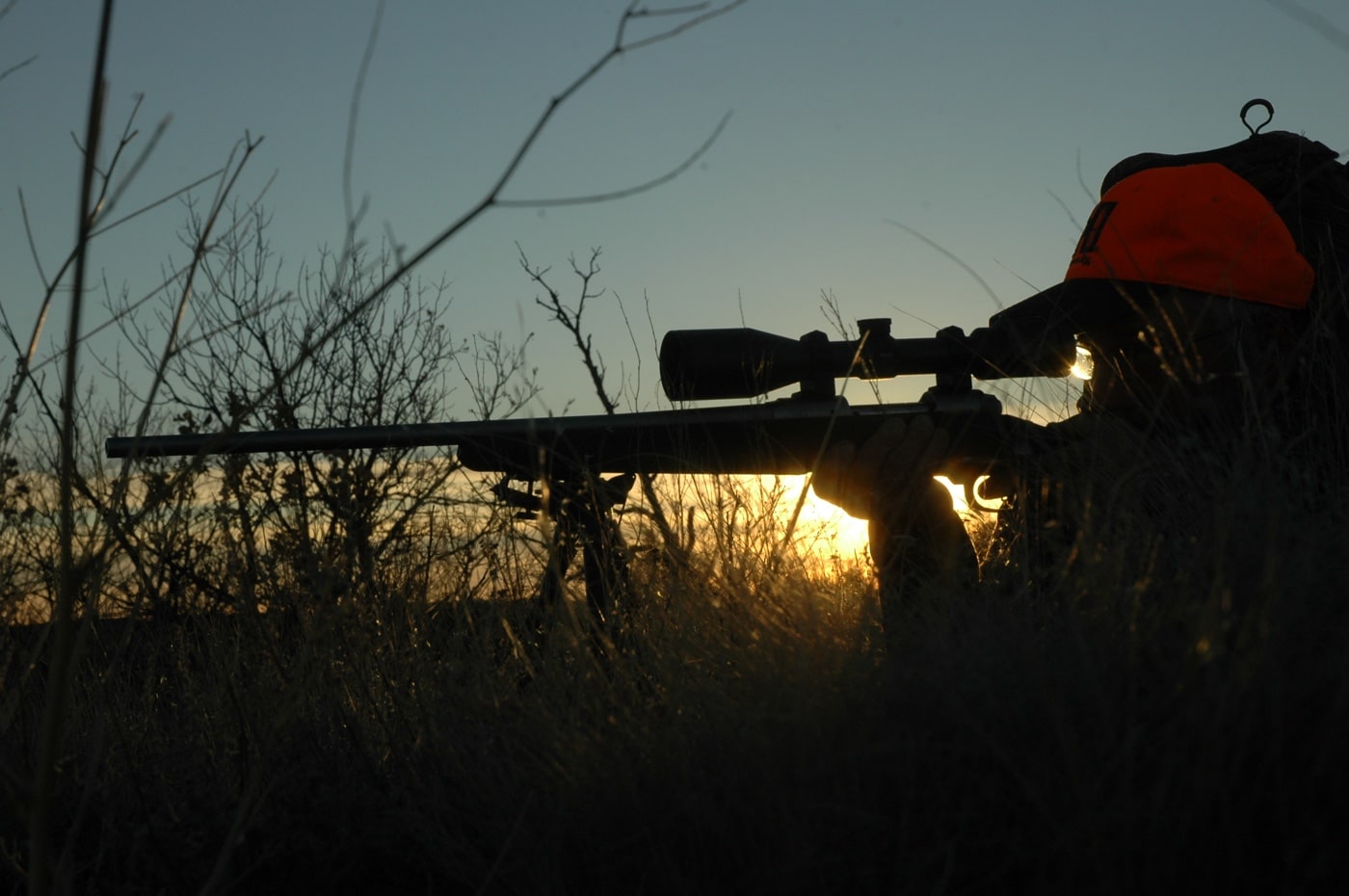In the review by Randall Chaney, the SOG Camp Axe is evaluated based on its performance during the aftermath of Hurricane Milton. Initially acquired as part of his emergency preparedness kit, Chaney notes that the Camp Axe proved to be a crucial tool when the hurricane's destruction left debris strewn across his area. The axe, supplied by SOG Specialty Knives & Tools, demonstrated its reliability in a survival context, which Chaney assesses as one of the ultimate tests of such a tool.

The SOG Camp Axe, though termed an axe, functions primarily as a hatchet. Crafted from 2Cr13 stainless steel, it offers good corrosion resistance and is relatively easy to resharpen, which is suitable for its intended use of robust chopping rather than precision cutting. Its glass-reinforced nylon handle combined with a steel ferrule provides stability and grip, even in harsh conditions experienced post-hurricane. Chaney appreciated its compact design and multiple functionalities, including a small hammer on the opposite end of the head, which proved useful in multiple scenarios.
For further insights on the features and performance of the SOG Camp Axe, you can view the original review here: SOG Camp Axe Review — The Ideal Stainless Steel Camping Tool? - The Armory Life
```


